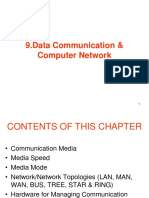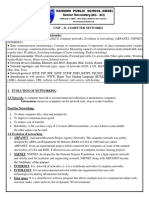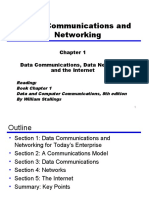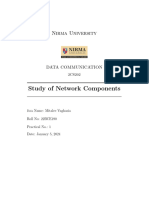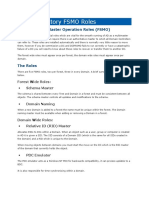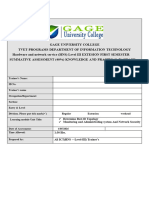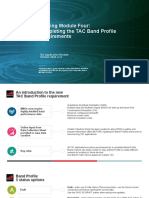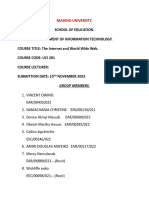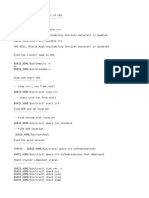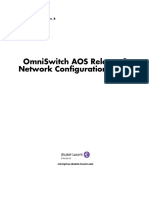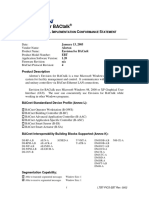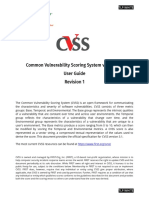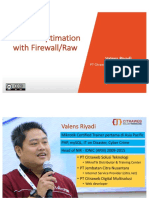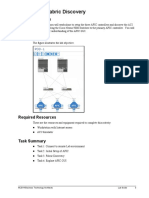0% found this document useful (0 votes)
19 views7 pagesData Communication
Data communication involves the exchange of data between devices over a network, requiring components such as a sender, receiver, message, communication medium, and protocols. It can occur in simplex, half-duplex, or full-duplex modes, and utilizes various transmission media including wired (twisted pair, coaxial, optical fiber) and wireless (radio waves, microwaves, infrared). Mobile telecommunications have evolved from 1G to 5G, with protocols like HTTP, FTP, and TCP/IP facilitating structured communication.
Uploaded by
biswassubhayu1Copyright
© © All Rights Reserved
We take content rights seriously. If you suspect this is your content, claim it here.
Available Formats
Download as DOCX, PDF, TXT or read online on Scribd
0% found this document useful (0 votes)
19 views7 pagesData Communication
Data communication involves the exchange of data between devices over a network, requiring components such as a sender, receiver, message, communication medium, and protocols. It can occur in simplex, half-duplex, or full-duplex modes, and utilizes various transmission media including wired (twisted pair, coaxial, optical fiber) and wireless (radio waves, microwaves, infrared). Mobile telecommunications have evolved from 1G to 5G, with protocols like HTTP, FTP, and TCP/IP facilitating structured communication.
Uploaded by
biswassubhayu1Copyright
© © All Rights Reserved
We take content rights seriously. If you suspect this is your content, claim it here.
Available Formats
Download as DOCX, PDF, TXT or read online on Scribd
/ 7





























